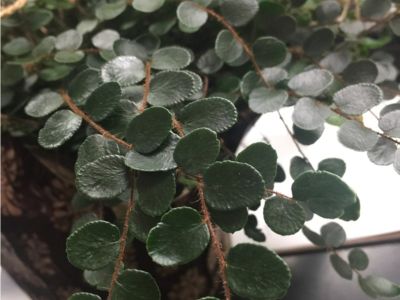Button Fern Indoor Requirements
Bright indirect light to part shade at most is best for these plants. A temperature range of 60 to 75 degrees F. (16-24 C.) is best but avoid any drafts. Cold drafts can be damaging, and dry, hot air can cause browning on the leaves. Although these are more tolerant of low humidity compared to other ferns, they still like high humidity (at least 50 percent humidity). Set the plants on a humidity tray or use a humidifier in the room. Bathrooms are great places to grow these plants, assuming that there is enough light there. Another nice part of having a button fern as a houseplant is that they tolerate drier soil better than other ferns. You should allow the top of the soil to dry out a bit before watering again. Button ferns like a peat based potting mix to which perlite has been added to improve drainage. They also prefer shallower pots versus deep pots. Fertilize the plant throughout the spring and summer with one quarter strength all-purpose houseplant fertilizer. If your entire plant is turning yellow and wilting, you have probably overwatered. Take your plant out of its pot to see if any of the roots have rotted. If you see any black roots, the plant has suffered from root rot, and it is probably best to just dispose of the plant. You can easily propagate a button fern in the spring, when it starts active growth, by dividing it at the roots and potting up the segments. You can use a sharp knife to cut through the root ball into as many sections as you’d like. Once you get into a good routine, the button fern makes a wonderful houseplant, especially if you have not had success with other ferns.
